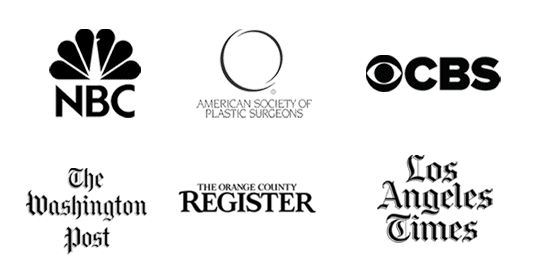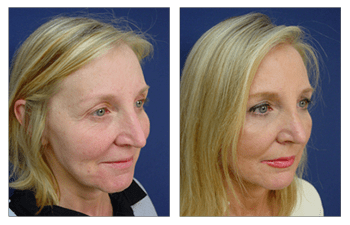
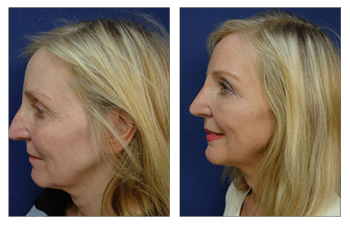
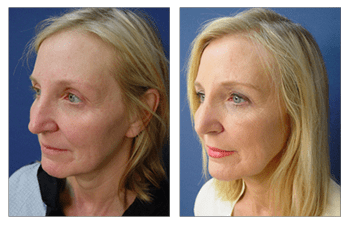
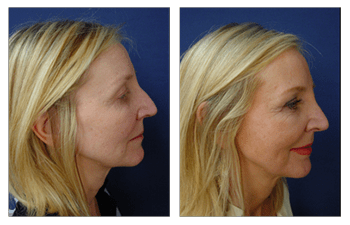
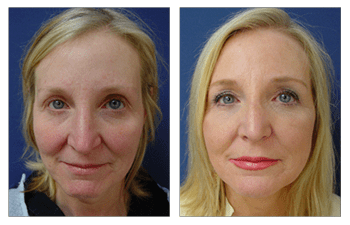
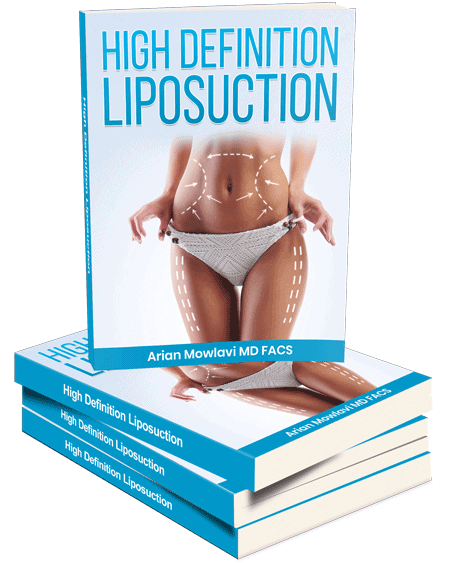
Download Our Surgical Team’s free Liposuction eBook
Closed rhinoplasty swelling should be minimized in order to avoid the effacing of highlights created to improve the aesthetic improvements achieved. Swelling is typically due to the oozing of blood products in the early postoperative period.
The blood products will create swelling which will then result in scar tissue build up. As such it is imperative to first avoid postoperative closed rhinoplasty swelling. The first step is to make sure that your blood is not thin with a laboratory test. The second is to avoid all food products, supplements, and medications that can thin your blood.
Avoiding Closed Rhinoplasty Swelling
Patients are asked to avoid all blood thinning products for at least one month prior to surgery. The next precautions are taken in the operating room. The first maneuver is to ensure hemostasis (resolution of bleeding) with direct visualization using an “open roof” Aufricht retractor.
If there are any bleeders these are cauterized. In addition, at the end of your surgery, 1 amp of epi soaked on a pledge is placed in the nose for 5 minutes to reassure that all microvessels become constricted.
Finally, a postoperative external splint is applied at the completion of surgery which serves to compress the soft tissues in an attempt to prevent any oozing of blood products.
Closed rhinoplasty swelling must be avoided but also treated in the early period when it does occur. The most effective means of countering closed rhinoplasty swelling is to use steroid injections (Kenalog 40 mixed 1:1 with 1 % lidocaine with epinephrine).
These steroid injections are small volumes 0.1 to 0.2 cc into any areas of swelling. Closed rhinoplasty swelling is generally well-controlled but when present, the most common side effect is the appearance of a recurrent hump. A recurrent hump that develops following closed rhinoplasty swelling can often require a revision rhinoplasty.
Please see this 55 years old female following her closed rhinoplasty. The patient is fully healed and presents an aesthetically pleasing contour.


